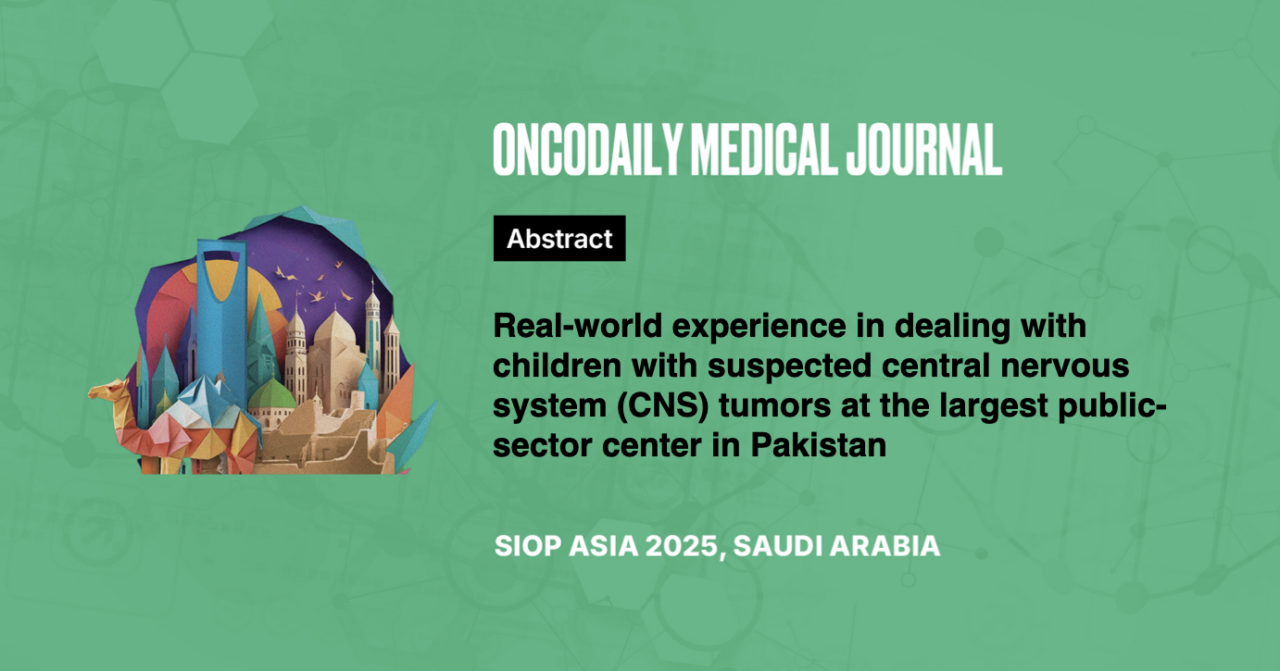Real-world experience in dealing with children with suspected CNS tumors at the largest public-sector center in Pakistan
Abstract
Introduction: There is scarce data on central nervous system tumors in children from LMICs. The objectives of this study were to document the trajectory of children with CNS tumors at the largest, public-sector center in Pakistan.
Methodology: This prospective, analytic, observational, cohort study recorded all new cases of suspected CNS tumors (birth to 16 years) presented from 2023/01/01 to 2023/12/31 at Children’s Hospital Lahore, Pakistan.
Results: Total 145 cases were included. Median age at presentation was 7.0 years (1.5 months–15 years). Male-to- female ratio was 1.4:1. Median time to presentation was 2 months (0.1 – 96 months); delay of >6 months was observed in 30.5% of cases due to delayed presentation to medical facility (74%) and healthcare delay (26%). Headaches and/or vomiting (56%), focal neurological deficits (23%), and seizures (15%) were the most common presenting complaints. Consanguinity (46%), and family history of cancers/brain tumors (19%) were frequent; café au lait macules were observed in 9.7%. 50% tumors were Infratentorial, 46% supratentorial and 4% spinal. Tumor excision was done in 45%, VP-shunts in 42%, and upfront chemotherapy in 2%. Median time to surgery was 1 month (0.1 – 48 months). Only 60% had a final diagnosis: 39% with histopathological and 21% with radiological diagnosis.
Medulloblastoma (32%), Pilocytic Astrocytoma (27%), and High-grade glioma (16%) were the commonest histopathological diagnosis, while DIPG/DMG (12%), Craniopharyngioma (7.6%), and Optic Pathway Glioma (1.4%) were the radiological diagnosis. Seventy patients (48%) expired, including 38 (26%) before surgery, 39 patients (27%) were alive (on treatment/follow-up), and 36 (25%) LAMA/LTFU/defaulted treatment. One-year survival was 36% with median survival of 4 months (0.07-96 months).
Conclusion: CNS tumors in children have a poor survival rate at our center. Less than half of the patients with CNS tumors undergo active treatment, and a large proportion leave treatment/follow-up. Considerable cases with cancer predisposition syndromes are suspected.





